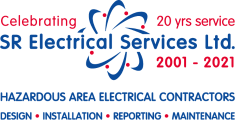Does Your Workplace Carry Out Regular PAT Testing?
Thursday 13 October
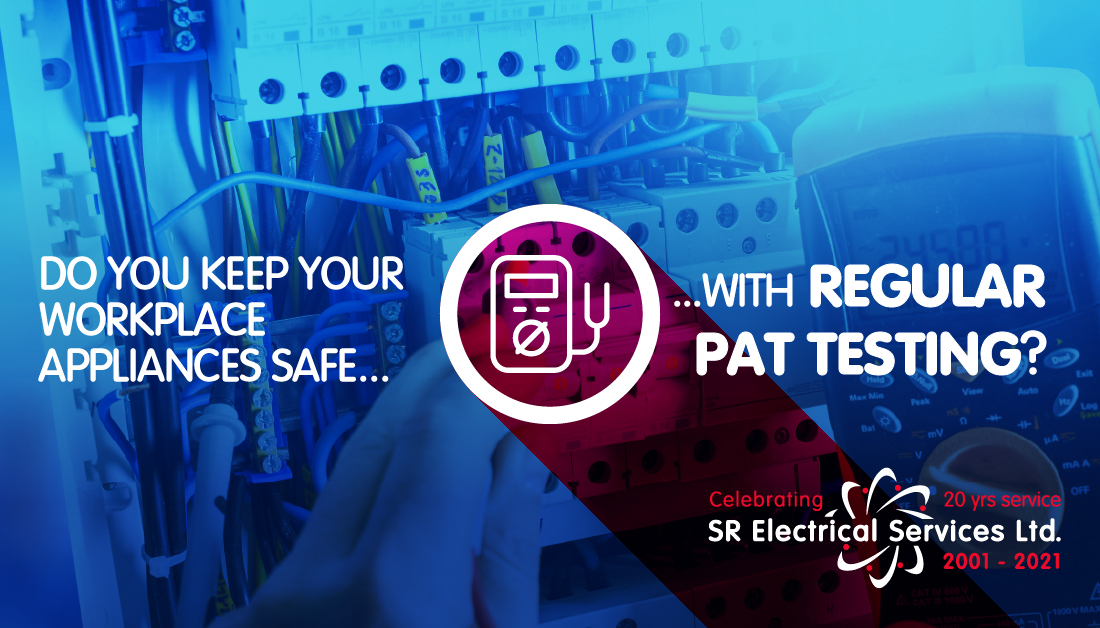
PAT testing (Portable Appliance Testing) involves the inspection of electrical appliances and equipment that are identified with a portable appliance test device to assess that they are safe. All appliances that are connected to a power source via a fixed installation or generator should be PAT tested. This includes PCs, monitors, electric drills, printers and more.
Why is PAT testing Important?
These appliances can be found at almost every workplace and are used daily, which is why testing is essential in preventing workplace incidents caused by electrical failures. Despite PAT testing not being a legal requirement, the UK Health and Safety Executive highly recommends it. Many insurance companies expect PAT testing to be a regular practice to remain in line with various legislations such as:
- Health and Safety at Work etc. Act 1974.
- The Electricity at Work Regulations 1989.
- The Provision and Use of Work Equipment Regulations 1998.
- The Management of Health and Safety at Work Regulations 1999.
The above legislations outline that companies have a responsibility to ensure electrical appliances and equipment are maintained in a safe condition. Whether a workplace is an office with a low electrical risk level or a construction site with a high level, PAT testing is a valuable safety precaution.
What does PAT testing involve?
A PAT testing professional will test the equipment using both a visual inspection and an in-depth check which is carried out with specialist testing equipment to assess the earth continuity, lead polarity and insulation resistance. During these checks the electrical professional will also assess if:
- Ventilation or heat safety measures have been met
- The surrounding environment is suitable and free of hazards
- An adequate means of disconnecting the equipment is present
Once tested, each piece of equipment is given a pass or fail rating and in the event of a pass, the equipment is labelled with a safety sticker with the date for when the pass was acquired. If a piece of equipment is deemed a fail, then the inspector will recommend the best solution which may include a repair or replacement.
How often should PAT testing be carried out?
When considering the frequency of PAT testing, a business should assess the risk level of the surrounding environment, class and category of the appliance. Although there are not any specific rules, the general recommendation is for a test to be carried out every 2 years at a minimum.
Who can carry out PAT testing?
Although businesses are permitted to carry out PAT testing themselves this must be carried out by a ‘competent’ person who has:
- Knowledge of electricity
- Experience of electrical work
- Expertise of how to carry out a visual inspection and PAT test
- Understanding of relevant hazards and precautions
- The ability to know if an appliance is safe and appropriate to work on
- PAT testing equipment
For many businesses, a person possessing the above criteria is not in their workforce which is why the best solution is to hire a qualified electrician.
How SR Electrical Services can help
We are experienced in carrying out PAT testing with high-quality equipment to keep any business safe. Our specialism lies in the ability to work in both safe and hazardous areas, meaning we would be happy to help any type of workplace environment. Get in touch today to discuss our PAT testing services, here.
Latest News
View all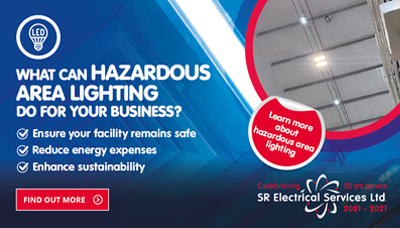
Your Quick Guide To Hazardous Area Lighting
Good lighting is crucial in keeping your facility well-lit and safe, however electrical ignition sources are one of the most common causes of fire and explosion in hazardous areas.
Read more about Your Quick Guide To Hazardous Area Lighting
Share
![]()
![]()
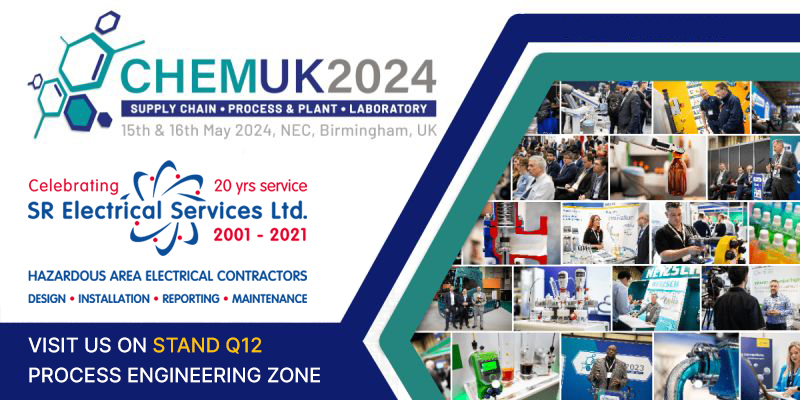
SR Electrical Will Be At CHEMUK 2024 This May!
We are excited to announce that SR Electrical will be at CHEMUK 2024 this Spring! The Chemical UK expo is the UK’s largest annual trade show for the chemical, laboratory and process industry.
Read more about SR Electrical Will Be At CHEMUK 2024 This May!
Share
![]()
![]()
Latest Projects
View all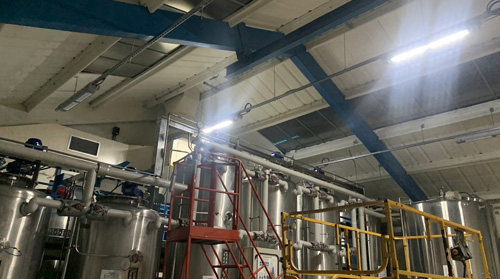
ATEX Certified Hazardous Area Lighting and Emergency Lighting
Our team helped a business in the food industry improve the lighting in their hazardous areas with the supply and installation of fully compliant, ATEX certified fittings.
Read more about ATEX Certified Hazardous Area Lighting and Emergency Lighting
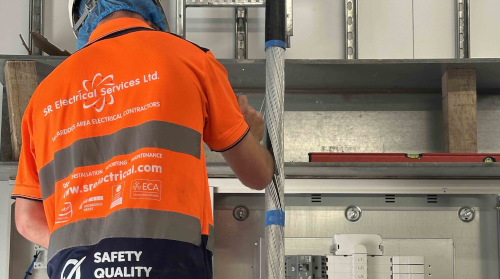
ATEX Lighting & Electrics Installation
Recently, we were called in to help a business in the food manufacturing sector with new hazardous area electrics at their site.
